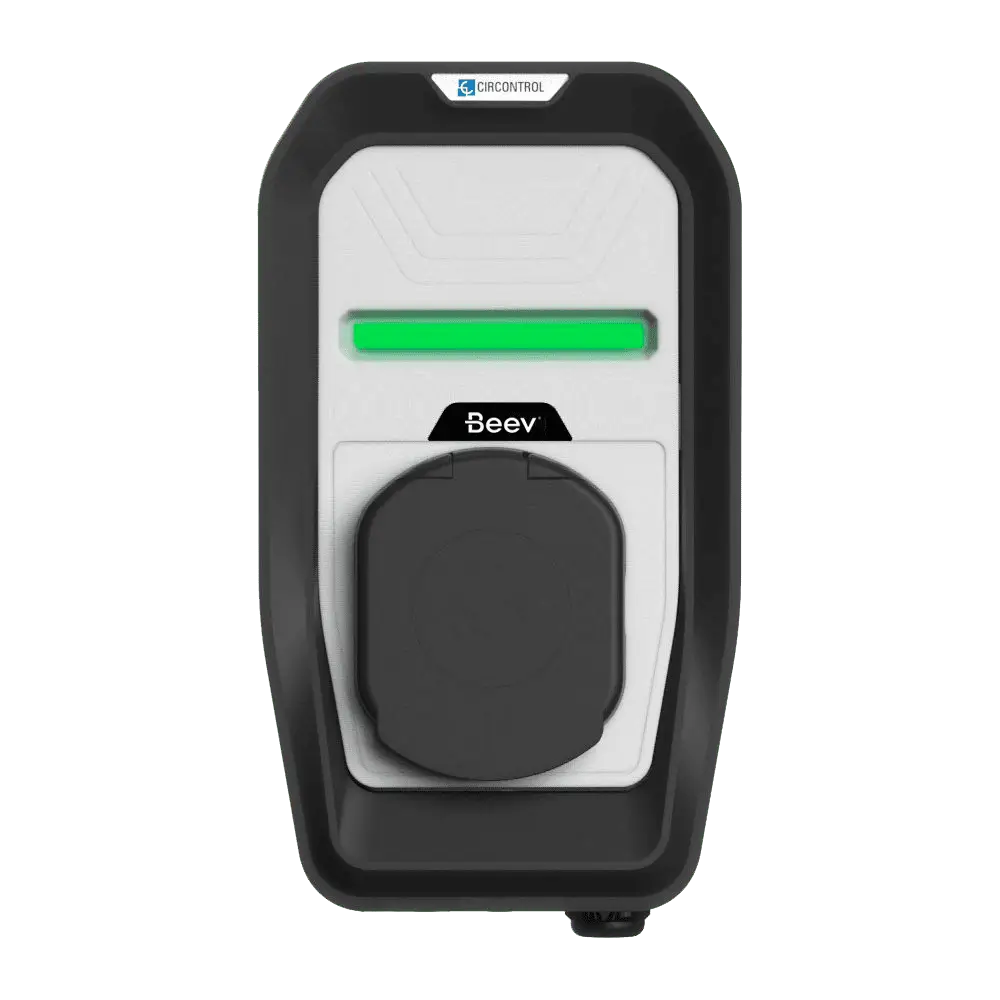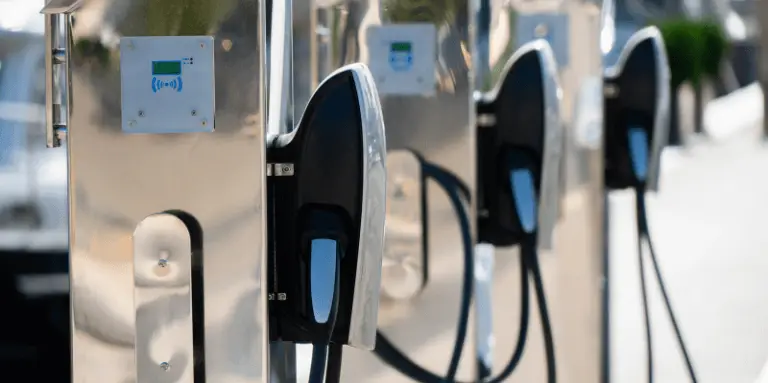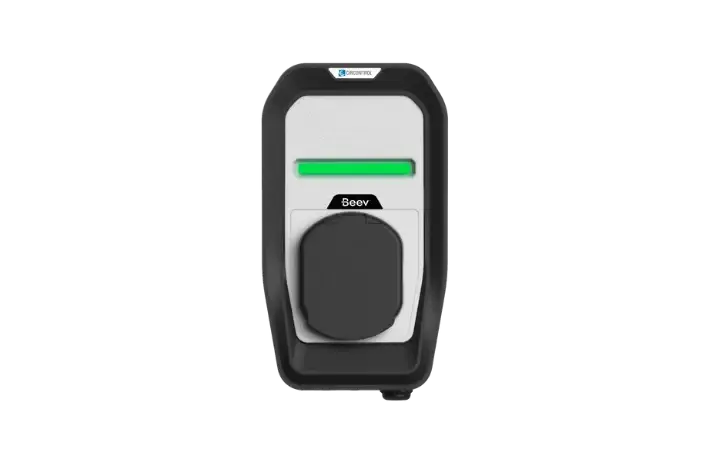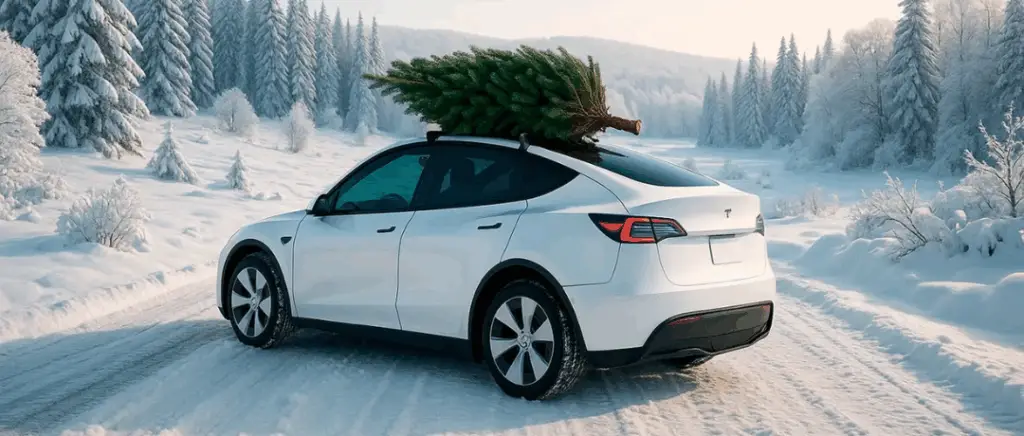Monday to Friday
9am - 12.30pm - 2pm - 7pm
Mobility and the craft industry: what needs for what uses?
According to a study conducted by CMA Auvergne-Rhône-Alpes in partnership with ADEME in 2020 and covering 33,000 craft businesses in the building and public works sector, the average distance travelled by a craftsman is 32,000 km per year. The average working radius is between 10 and 50 km.
In other words, mobility is taking on a predominant role in the activities of craftsmen, just as it is for retailers offering a delivery service.
Unsurprisingly, the LCV (Light Commercial Vehicle) represents 75 % from business vehicle fleet used. It has to be said that the commercial vehicle, a compact, high-capacity vehicle, is an essential work tool for tradespeople of all kinds. Both comfortable and practical, it can be used to transport tools and materials or deliver goods.
As a tradesman, the advantages of electric vans are undoubtedly not lost on you:
Lower fuel costs For craftsmen and retailers with combustion-powered vehicles, travel costs are becoming a problem. With With the inevitable rise in fuel prices, correlated with the ups and downs of the markets and the geopolitical situation on a global scale, there is an urgent need to turn to more economical alternatives. On average, an electric recharge costs 5 times cheaper than a full tank of petrol.
- Reduced maintenance costs: Electric commercial vehicles are also less expensive to maintain, with fewer wear parts to change and fewer constraints on annual servicing.
- Tax benefitsprofessionals equipped with one or more vans benefit from a wide range of tax benefitssuch that the environmental bonusthe conversion premium or full exemption from vehicle registration tax.
- Traffic authorised in the EPZs (Low Emission Zones)These are increasingly common in France, and their purpose is to prohibit access by vehicles deemed to be polluting. to urban centres. By 2025, all major cities will be covered. So owning an electric van will become a solid competitive advantage, allowing you to pursue your business freely.
You're already convinced of the benefits of an electric van. But what about recharging infrastructure?
They must also meet your business challenges. They must be :
- flexible hosesThis makes it possible to schedule recharging outside working hours, on site (premises) or at home.
- reliableTo keep business interruptions to a minimum. For professionals who carry out emergency repairs 24 hours a day, such as locksmiths, plumbers or heating engineers, it is unthinkable to be unavailable for several hours while your vehicle is being recharged.
- non-bindingThis is because tradespeople need to concentrate on their core business and don't have the time to spend on administrative or technical procedures.
- affordableThanks to government subsidies for purchase and installation.
Good to know: To help you make your project a reality, Beev takes care of everything from A to Z. From comparing offers and applying for grants to installing and maintaining your charging point, you can count on our team.
Our Beev experts will propose a package tailored to your needs and your projects.
Apply now!
Recharging your electric van: what solution should you choose?
While the network of public charging facilities is gradually being extended, with the aim of reaching 500,000 charging points by 2030However, coverage is still far from adequate for craftsmen and retailers who have to travel frequently on a daily basis.
In addition, there is a significant disparity between urban and suburban areas and rural areas in terms of equipment.
In this context, having a recharging solution at your place of business or at home is by far the most convenient option. It eliminates the need to search for available charging points and time-consuming recharging, particularly when the chosen infrastructure does not have the required power. With a personal charging point, it's easy to schedule recharging times once you've completed your day's journeys.
But you still need to find the charging point model best suited to the characteristics of your commercial vehicle, the frequency with which it is used and the specific features of your business.
Because behind the acronym IRVE (recharging infrastructure In fact, there are a number of different systems that need to be distinguished.
- So-called "domestic" refills are actually conventional sockets. They do not guarantee sufficient power or optimum safety during charging, because of the high risk of overheating. It is preferable to use them only as top-up charges, for a very limited time (two hours maximum).
- So-called "domestic" refills are actually conventional sockets. They do not guarantee sufficient power or optimum safety during charging, because of the high risk of overheating. It is preferable to use them only as top-up charges, for a very limited time (two hours maximum).
- The reinforced sockets are both safer and more efficient. Designed for optimum recharging, they deliver 3.7 kW of power.
- The wall-mounted charging points come in the form of boxes connected to alternating current. Their power varies between 7.4 kW and 22 kW, enabling faster recharging.
- The free-standing charging pointsAlso known as "totem bollards", these are the most common models of public electricity bollards. They vary in power (7.4 kW, 11 kW, 22 kW or more for devices with an AC to DC converter).
Read also: Which charging point do you need?
What criteria should I take into account when choosing a charging point for commercial vehicles?
To run your business while reducing your carbon footprintThere are a number of criteria that need to be taken into account. Especially as needs vary from one tradesman to another. Here are a few criteria to help you choose the electric vehicle that's right for you:
Load capacity
La load capacity corresponds to the maximum power supported by a battery of electric commercial vehicles. To avoid any risk of overcharging, manufacturers have set a ceiling on the power delivered. In other words, there's no point in choosing a terminal with a higher power rating than that supported by the battery.
But we also need to take into account the needs of the user (whether they are a heavy or light road user, travelling more or less than 20 km) and the time they have between each service. The fact is, the electrical power delivered has an impact on the recharge time, which can be slow, fast or ultra-fast.
Professionals with a single vehicle represent 61 % craftsmen (CMA figures - Chambre des Métiers de l'Artisanat). Their needs are obviously not the same as those of companies with a fleet of 10 vehicles or more.
For craftspeople who travel within a limited area (less than 30 km) and exclusively during the day, a 3.7 kW reinforced socket or 7.4 kW wall-mounted terminal is indicated.
WB eHome Three-phase

Charging power: 11 kW - 22 kW
Not connected
2.1 kg
For professionals who make longer journeys or who need a vehicle "ready to use" at a moment's notice (for breakdown repairs, for example), a "ready to use" vehicle is available. higher power terminal (between 11 kW and 22 kW depending on theautonomy is recommended.
780 EXCLUDING VAT
Charging power: 22 kW
Not connected
2.1 kg
3,300 EXCLUDING VAT
Charging power: 22 kW
Connected
19.75 kg
For companies with a small fleet of electric vans (2 to 3 vehicles), you need to take into account the load capacity and speed, as well as the space allocated to theinstallation of terminals (indoors or in an outdoor car park). Depending on your needs, you can deploy several wall-mounted or free-standing charging points, delivering between 7.4 kW and 22 kW, or a single charging point with 2 charging points (7.4 kW, 11 kW or 22 kW) and an E/F socket.
Good to know: Think you're saving money by plugging your van into a household socket? Well, that's not really a good idea! Charging an electric vehicle using a conventional socket can be dangerous (risk of overheating of the socket and cable, or even fire). It's clearly not a viable long-term solution. If you need to charge several vans at the same time, it's best to opt for a dual charging point equipped with two charge points and an E/F socket, enabling you to connect up to 3 vehicles.
As a tradesman, you're certainly keen to find the most cost-effective recharging solution. But before you set your sights on ultra-fast charging stations (with a power rating of over 50 kW), it's best to analyse your needs carefully, because the investment costs are much higher and the performance you're looking for may be overestimated.
Here is a summary table that evaluates the ratio between power output and range. The figures are based on an electric van consuming 21 kWh/km :
| Puissance de l’infrastructure de recharge | Autonomie obtenue (par heure de recharge) |
|---|---|
|
2.2 kW
|
11 km
|
|
3.7 kW
|
18 km
|
|
7.4 km
|
36 km
|
|
11 kW
|
54 km
|
|
22 kW
|
108 km
|
Get a car policy with Beev!
Need a car policy for your company? Beev will provide you with a free personalised car policy for your company.
Options
As well as standard electric vehicle charging infrastructure models, manufacturers have included some interesting options that can help you save energy, control your consumption, manage the maintenance of your device more easily and track recharges in real time and remotely.
The connected charging stations are connected to the Internet and have Bluetooth or WiFi connectivity. In practical terms, this means that you can set up your charging point from your smartphone, after downloading a dedicated application. With such a tool, it's possible to start charging when you're not there, adapt the power delivered to your actual needs and fully supervise the operation of your IRVE.
Focus on the installation of charging infrastructure for electric vehicles
L'installation of IRVEAll charging stations, including those for private and/or professional use, are subject to regulations. Since 12 January 2017, charging points with a power rating of more than 3.7 kW have had to be installed by a AFNOR or IRVE-Qualifelec approved professional.
Beev can help you find a certified installer in your area through its network of partners. We'll help you install your charging point, in line with your budget and specifications.
Would you like to install a recharging point?
Beev can help you find the charging point and installer you need, at the best price.
Lease or buy: which formula should you choose?
Would you like to enjoy the benefits of a recharging point at home or on your premises, without having to bear the acquisition and installation costs? Visit hire of a charging point for professionals is an interesting alternative.
With leasing, you pay only the subscription (also called "rent"), regardless of your electricity consumption. You can add various options to your contract, such as annual maintenance of your terminal. The supervision tool offered in the form of a monthly subscription allows you to manage the charging points remotely and to monetise user charging (which means you can keep better track of your employees' mileage costs). Once the commitment period has expired, you can purchase your equipment at a lower cost. Discover our charging point rental with or without a purchase option.
Good to know: as of 1 January 2023, the installation of a home charging point allows you to benefit from 5.5% VAT % regardless of when the building was built (previously, new buildings or those less than 2 years old were not eligible for this benefit).
Ready to gain independence through green mobility?
Choose your charging point with Beev, by 3 simple steps:
- Compare offers and select the model of your choice
- Simulate the cost (acquisition and installation)
- Finalise your project with one of our advisers
Do you have a question or request about hiring or buying an electric van charging point? Contact us now!
Monday to Friday
9am - 12.30pm - 2pm - 7pm





































